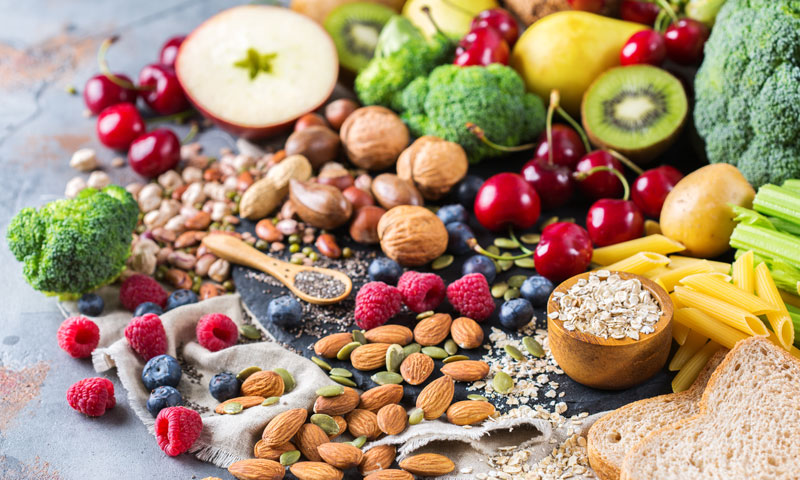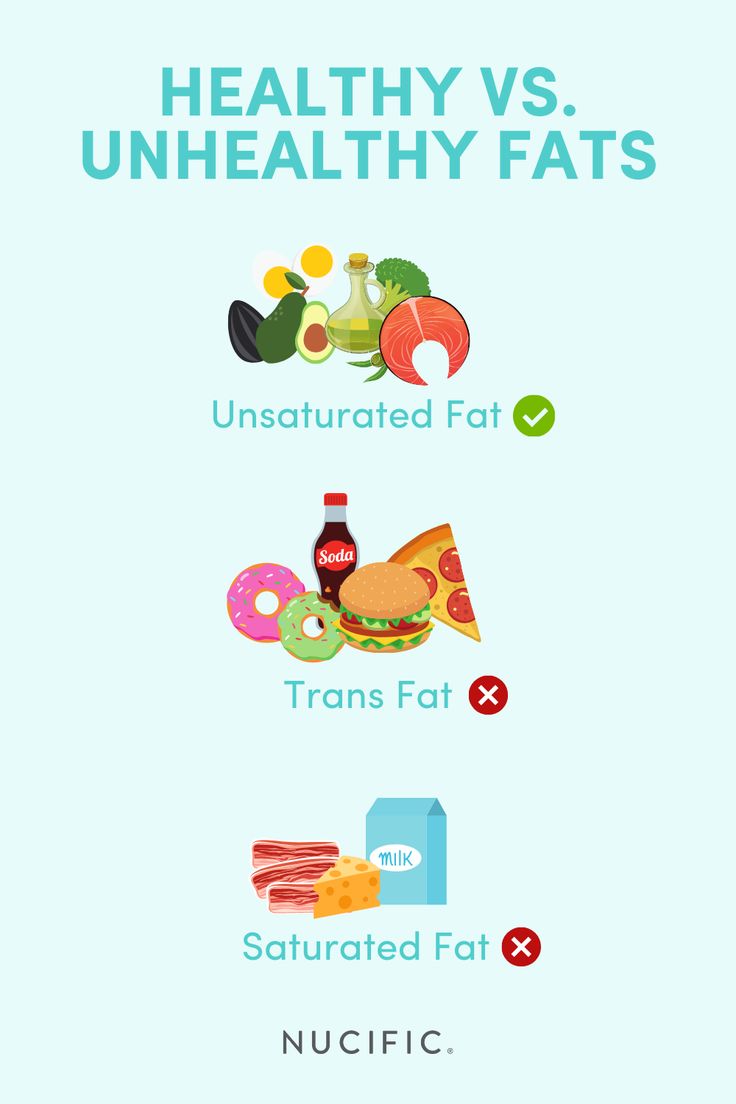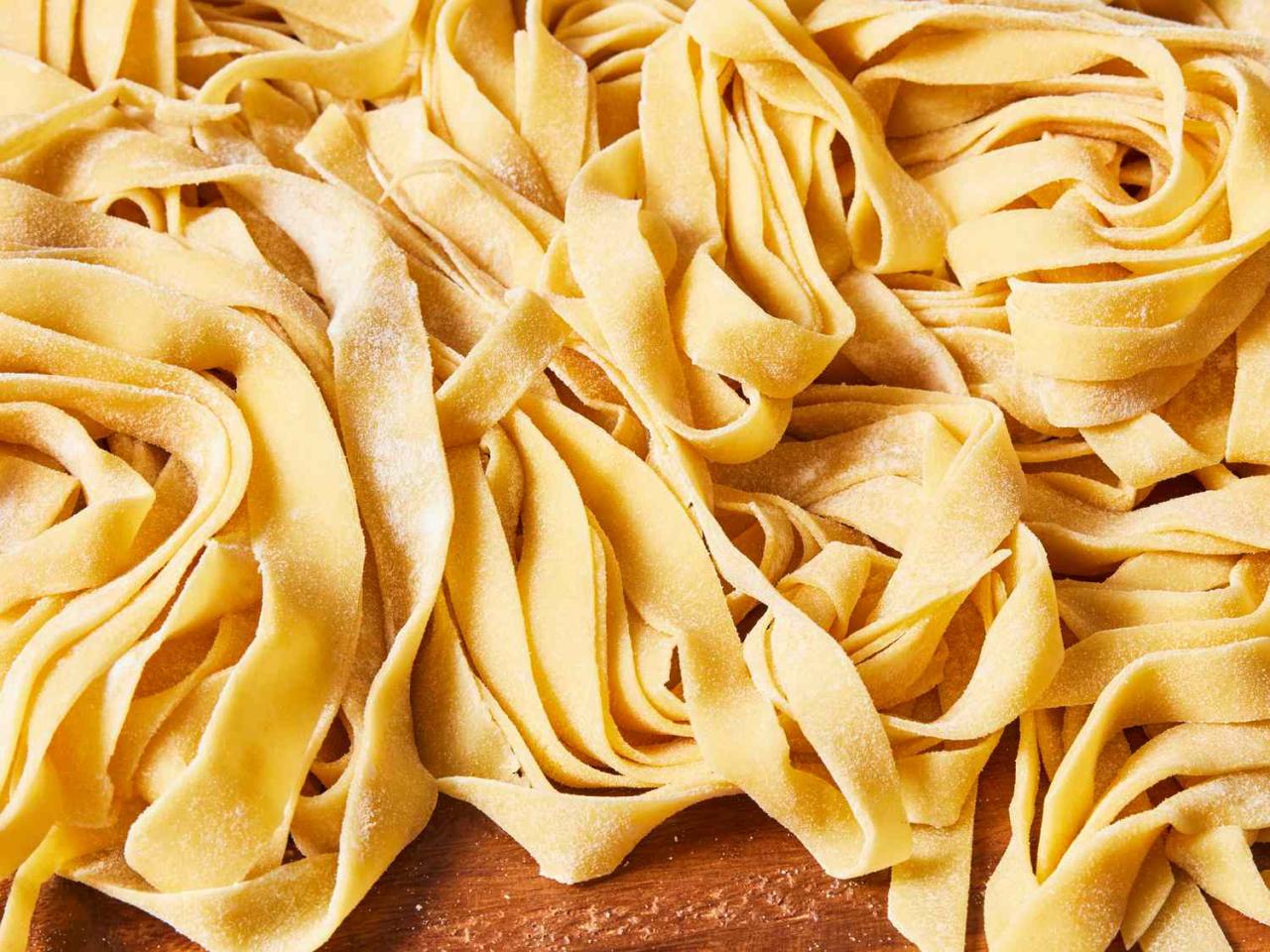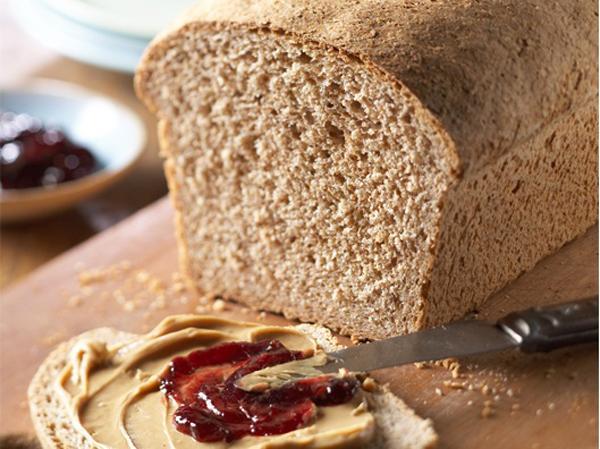In a world inundated with fad diets and superfood trends, one age-old process continues to capture the attention of health-conscious individuals around the globe: fermentation. This ancient practice, dating back thousands of years, holds the key to unlocking a plethora of health benefits through the transformation of everyday foods. Dive into the world of fermented foods and discover the fascinating science behind their creation and the potential impact they can have on your overall well-being.
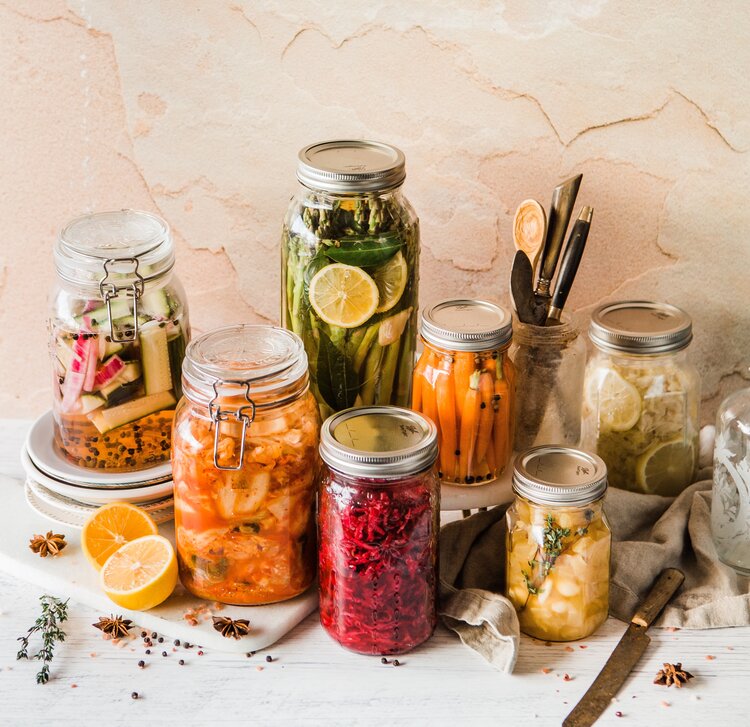
The Microorganisms Involved in Fermentation Processes
Fermented foods have been a staple in diets around the world for centuries, providing unique flavors and health benefits. One of the key components in the fermentation process is the microorganisms involved. These tiny organisms play a crucial role in breaking down sugars and converting them into acids, alcohols, and gases, which not only preserve the food but also create complex and delicious flavors.
Some of the most common microorganisms involved in fermentation processes include:
- Lactic acid bacteria: such as Lactobacillus and Streptococcus, which produce lactic acid and are responsible for the tangy taste in fermented foods like yogurt and sauerkraut.
- Yeast: like Saccharomyces cerevisiae, which produce alcohol and carbon dioxide, giving rise to bubbly beverages like beer and kombucha.
- Mold: such as Aspergillus or Penicillium, which are used in the fermentation of cheeses like blue cheese and Camembert.
| Microorganism | Product |
|---|---|
| Lactic acid bacteria | Yogurt |
| Yeast | Beer |
| Mold | Blue cheese |
By understanding the science behind fermented foods and the role of microorganisms, we can appreciate the artistry and skill that goes into creating these culinary delights. So, the next time you enjoy a tangy kimchi or a bubbly glass of kombucha, take a moment to thank the tiny but mighty microorganisms that make it all possible.
Health Benefits of Consuming Fermented Foods Regularly
Have you ever wondered about the magic behind fermented foods and their health benefits? Fermented foods are more than just a tasty addition to your diet – they are packed with probiotics, which are beneficial bacteria that support a healthy gut microbiome. Consuming fermented foods regularly can improve digestion, boost immunity, and even enhance mental health.
Probiotics found in fermented foods help to balance the gut microbiota, promoting a healthy digestive system. A diverse gut microbiome is essential for overall health, as it supports nutrient absorption, immune function, and even mood regulation. By incorporating fermented foods like kimchi, sauerkraut, kefir, and yogurt into your diet, you can maintain a flourishing gut ecosystem.
Furthermore, fermented foods are rich in essential nutrients and enzymes that are easier for the body to absorb. This can lead to improved nutrient bioavailability, better digestion, and enhanced overall well-being. In addition, the fermentation process can increase the concentration of vitamins and minerals in foods, making them even more nutritious.
So, next time you reach for a jar of pickles or a cup of kombucha, remember that you are not just indulging in a tasty treat – you are nourishing your body from the inside out. With the science-backed benefits of fermented foods, you can support your gut health, boost your immunity, and feel your best every day.
Factors Influencing the Quality and Safety of Fermented Products
Fermented foods have been enjoyed for centuries, prized for their unique flavors and health benefits. The quality and safety of these products are influenced by a variety of factors that contribute to the fermentation process. Understanding the science behind fermented foods can help ensure that they are not only delicious but also safe to consume.
One key factor that influences the quality of fermented products is the type of microorganisms involved in the fermentation process. Different strains of bacteria and yeast can produce varying flavors and textures in the final product. Controlling the fermentation conditions, such as temperature and pH levels, is essential for promoting the growth of beneficial microorganisms while inhibiting the growth of harmful bacteria.
Additionally, the quality and safety of fermented products can be affected by the ingredients used in the fermentation process. From the type of fruit or vegetable to the salt content, each ingredient plays a crucial role in determining the final outcome. Ensuring that all ingredients are fresh and of high quality can help guarantee a successful fermentation process.
Overall, a combination of factors, including the type of microorganisms, fermentation conditions, and ingredients, influences the quality and safety of fermented products. By understanding the science behind these factors, producers and consumers alike can enjoy delicious and nutritious fermented foods with confidence.
Expert Tips for Making Homemade Fermented Foods at Home
Are you looking to master the art of making homemade fermented foods? Look no further! We’ve gathered expert tips to help you understand the science behind fermentation and create delicious, probiotic-packed goodies in your own kitchen.
First and foremost, it’s essential to understand the role of bacteria in the fermentation process. Beneficial bacteria, such as lactobacillus, feed on sugars and starches in food, producing lactic acid as a byproduct. This acid not only gives fermented foods their tangy flavor but also helps preserve them by creating an inhospitable environment for harmful bacteria.
When fermenting foods at home, be sure to use high-quality ingredients and the right equipment. Glass jars, fermenting weights, and airlocks are essential for creating an anaerobic environment where good bacteria can thrive. Additionally, maintaining the proper temperature and humidity levels will help ensure a successful ferment.
Experiment with different recipes and flavors to find what works best for your taste buds. From tangy sauerkraut to spicy kimchi, the possibilities are endless when it comes to homemade fermented foods. So roll up your sleeves, grab your ingredients, and let’s get fermenting!
In conclusion, the fascinating world of fermented foods offers a blend of tradition and science that has captured the taste buds and imaginations of people around the globe. From the tangy kick of kimchi to the rich complexity of kombucha, these ancient preservation techniques continue to shape our culinary landscape today. So, the next time you reach for that jar of sauerkraut or pour yourself a glass of kefir, remember the intricate dance of bacteria and enzymes that have transformed these humble ingredients into something truly magical. Cheers to the science behind fermented foods, and may your gut be forever grateful for the flavors and benefits they bring. Bon appétit!


